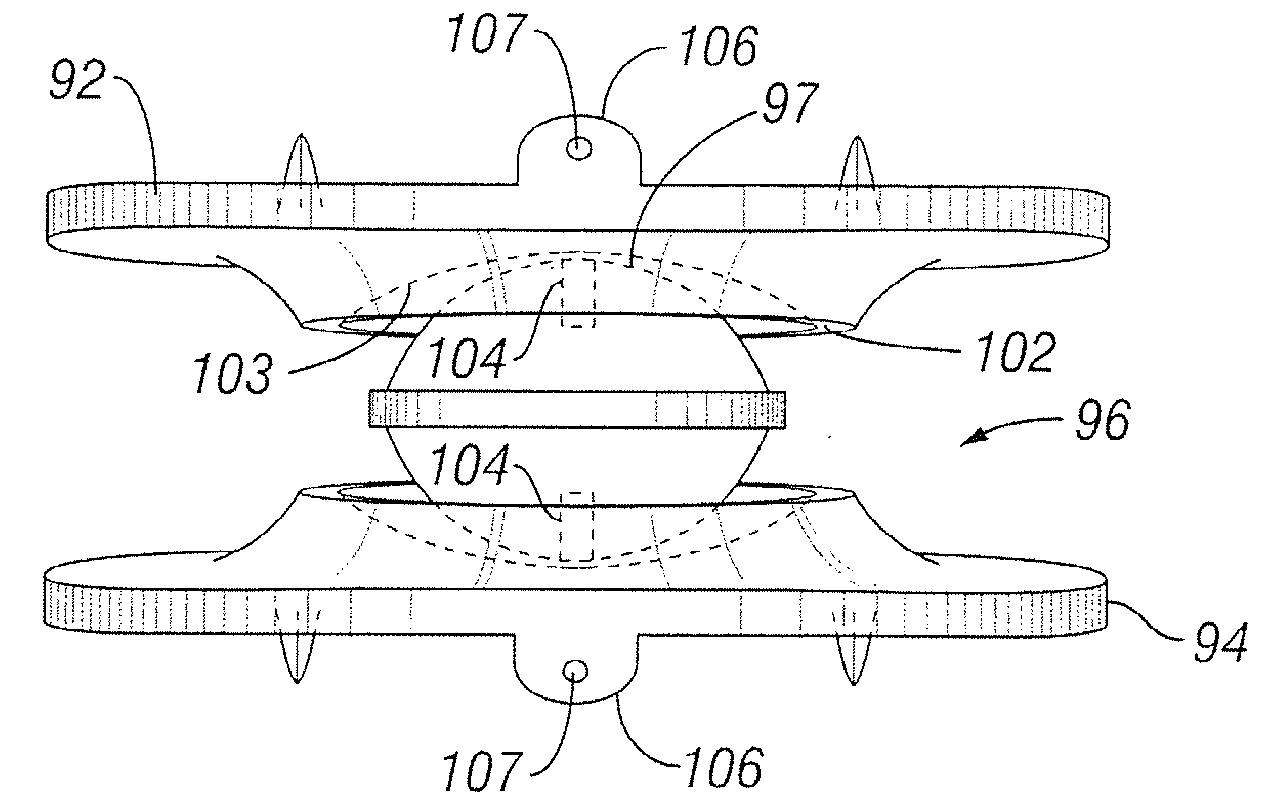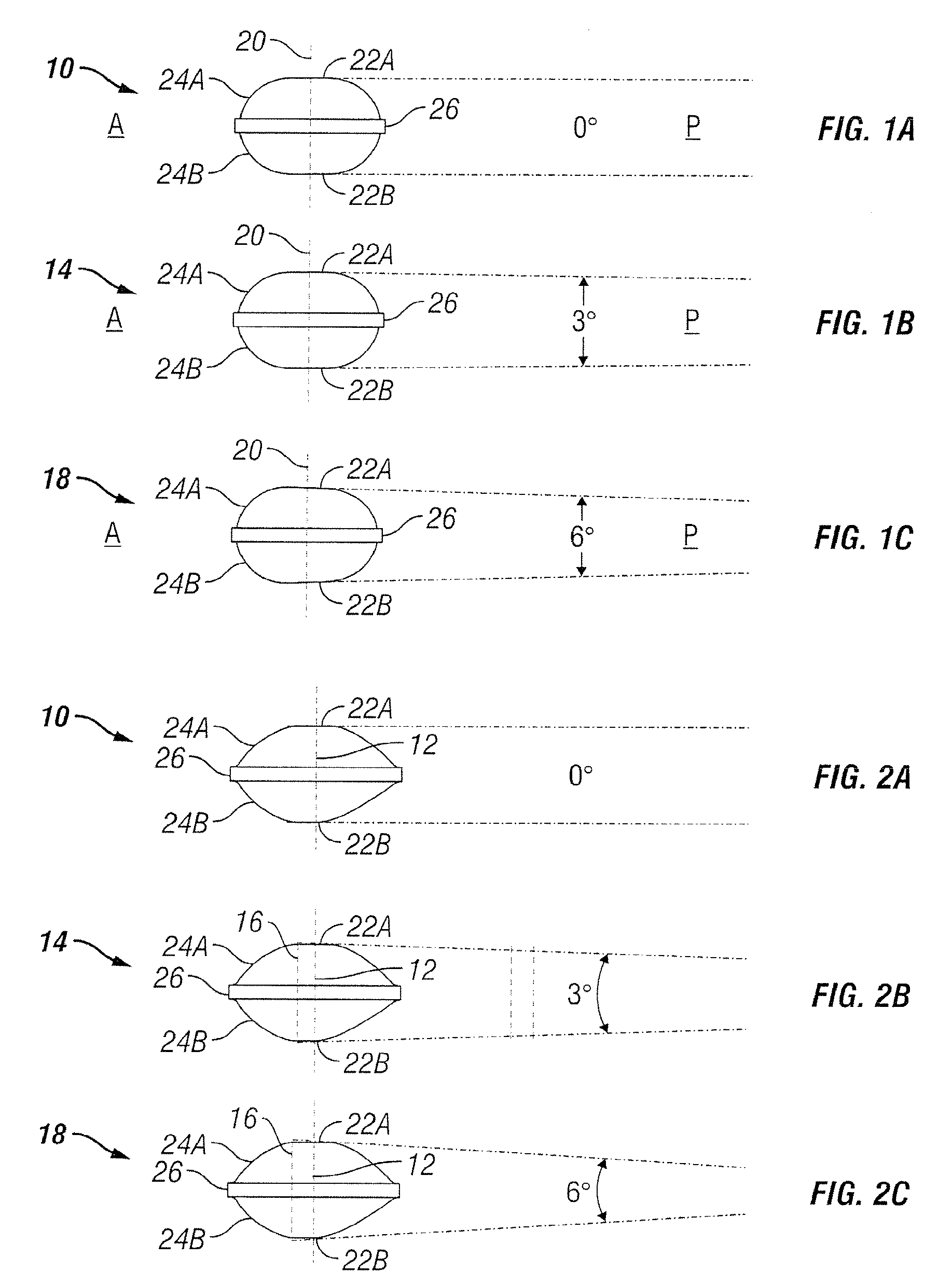Joint Prostheses
a joint and prosthesis technology, applied in the field of orthopaedic medicine, can solve the problems of not being able to correct the underlying deformity of the spine, not being able to use wedge-shaped end plates routinely, and simply changing the angle of insertion is not enough to compensate for a device that does, so as to prevent posterior migration (expulsion) and prevent a hard stop
- Summary
- Abstract
- Description
- Claims
- Application Information
AI Technical Summary
Benefits of technology
Problems solved by technology
Method used
Image
Examples
Embodiment Construction
[0123]The present invention relates to systems and methods for partially or wholly replacing diseased or injured joints with artificial joint prostheses. Those of skill in the art will recognize that the following description is merely illustrative of the principles of the invention, which may be applied in various ways to provide many different alternative embodiments. This description is made for the purpose of illustrating the general principles of this invention and is not meant to limit the inventive concepts in the appended claims.
[0124]In its proper, healthy alignment, the spine follows natural curves, which promote proper sagittal and coronal balance (flexibility) and allow for balanced load sharing between the vertebrae. These curves include the cervical, thoracic, lumbar and sacral regions of the spine. Naturally, in order to accommodate a curve, there must be some variation in the angle of articulation between the functional spinal units and the height of an intradiscal s...
PUM
| Property | Measurement | Unit |
|---|---|---|
| Surface | aaaaa | aaaaa |
| Height | aaaaa | aaaaa |
Abstract
Description
Claims
Application Information
 Login to View More
Login to View More - R&D
- Intellectual Property
- Life Sciences
- Materials
- Tech Scout
- Unparalleled Data Quality
- Higher Quality Content
- 60% Fewer Hallucinations
Browse by: Latest US Patents, China's latest patents, Technical Efficacy Thesaurus, Application Domain, Technology Topic, Popular Technical Reports.
© 2025 PatSnap. All rights reserved.Legal|Privacy policy|Modern Slavery Act Transparency Statement|Sitemap|About US| Contact US: help@patsnap.com



